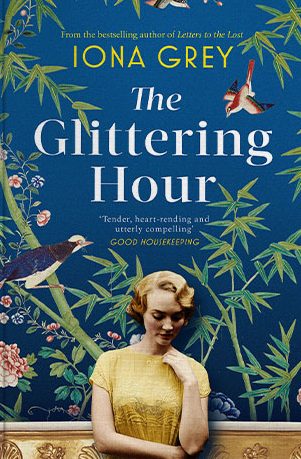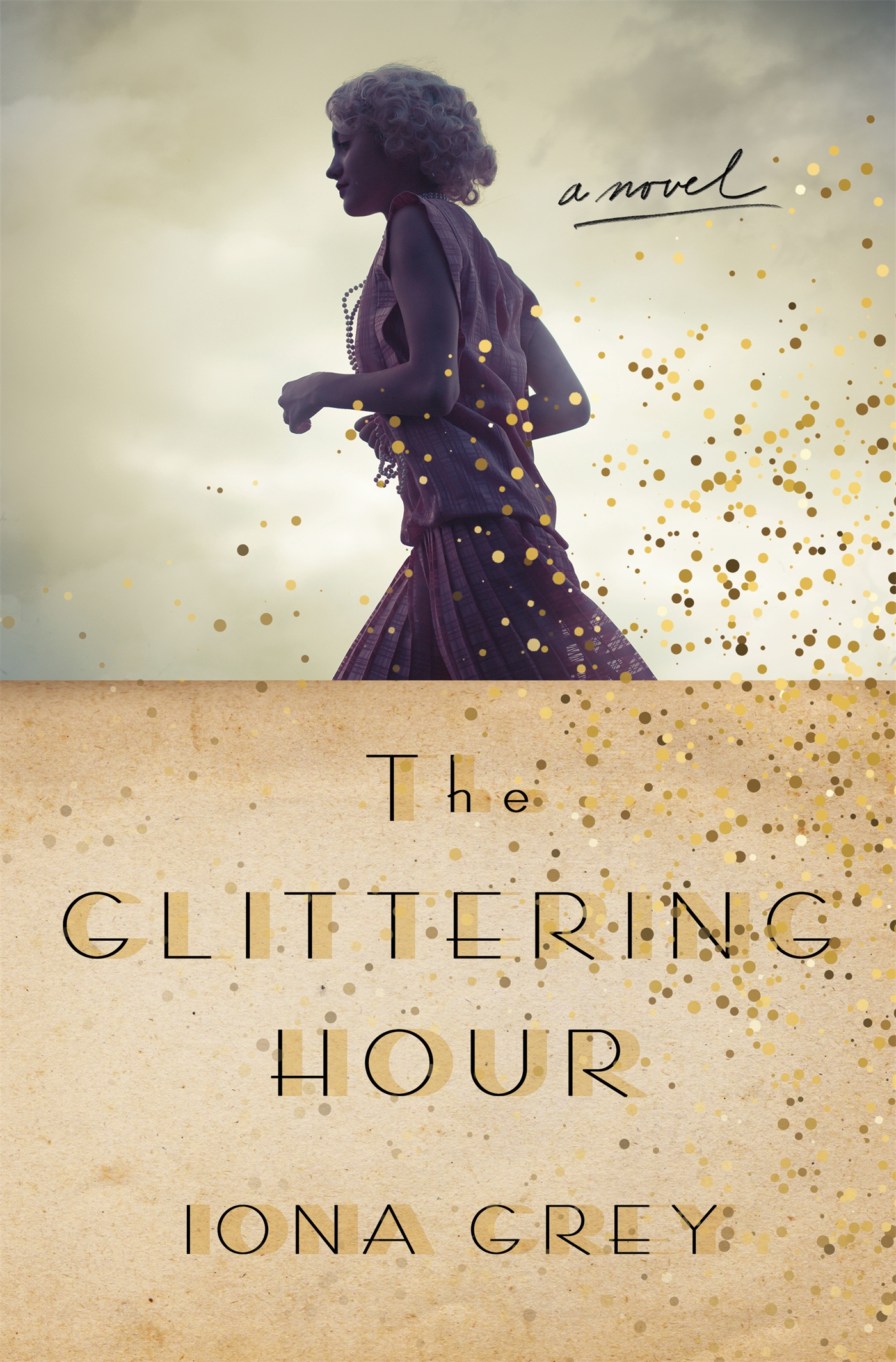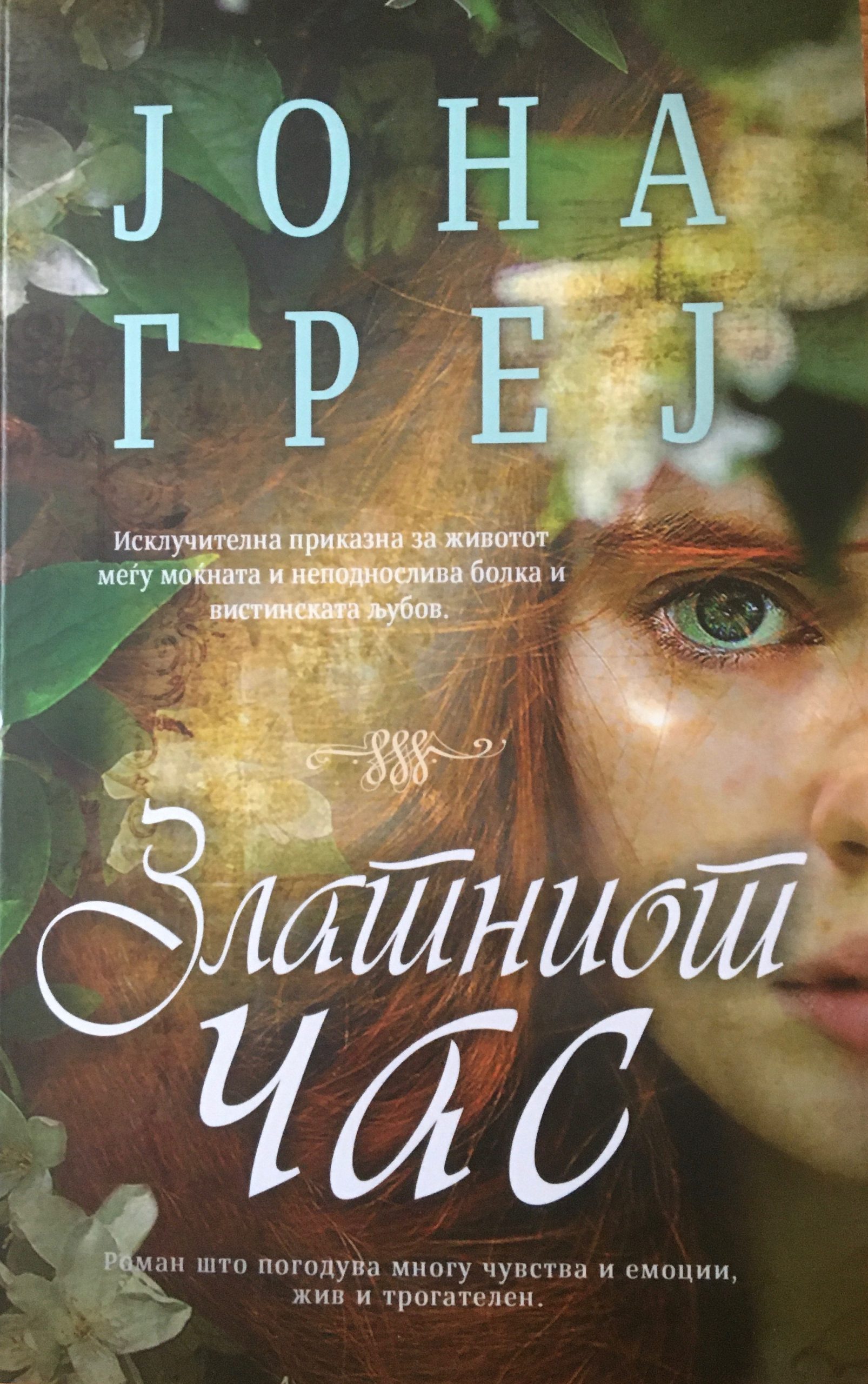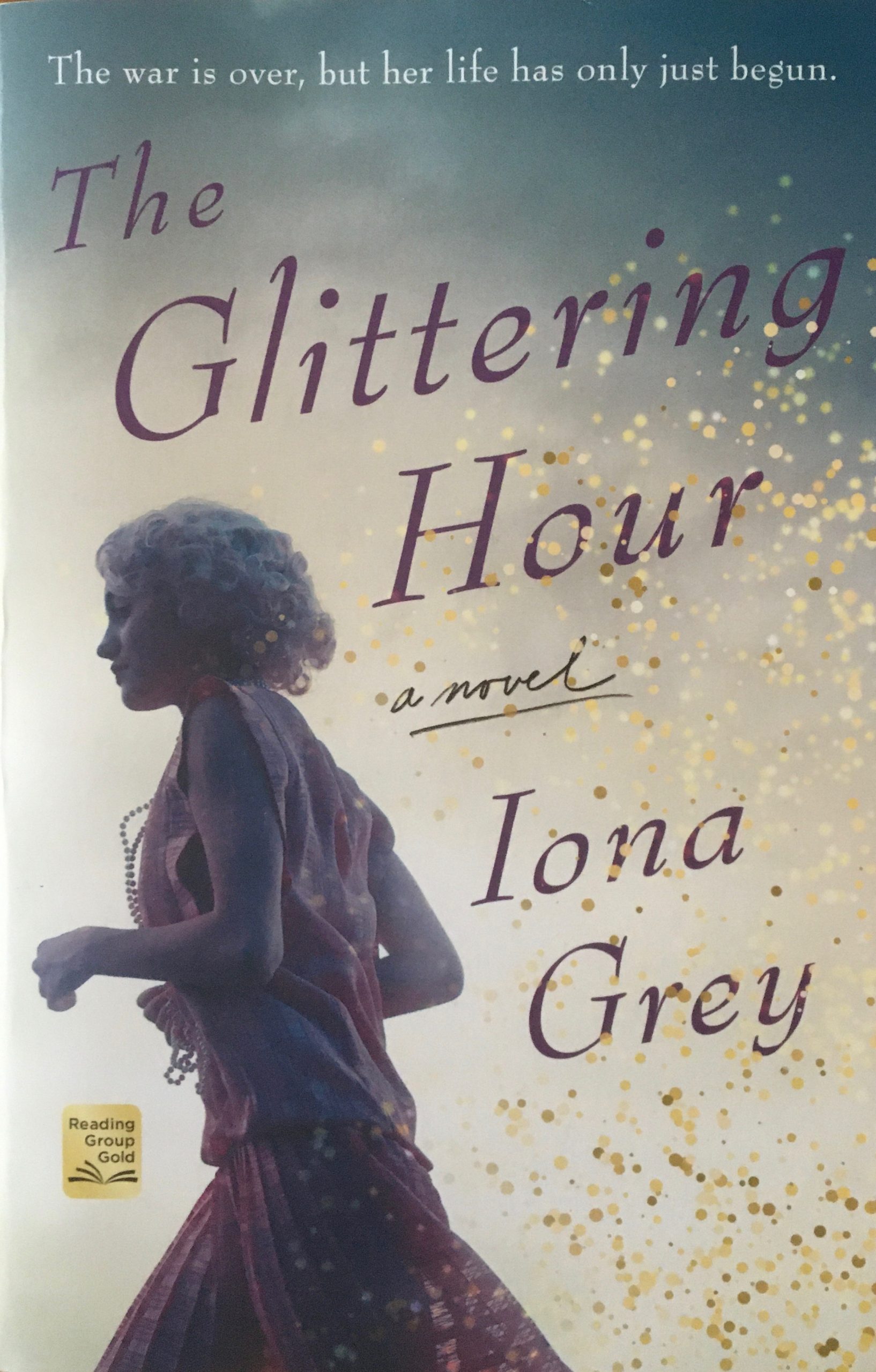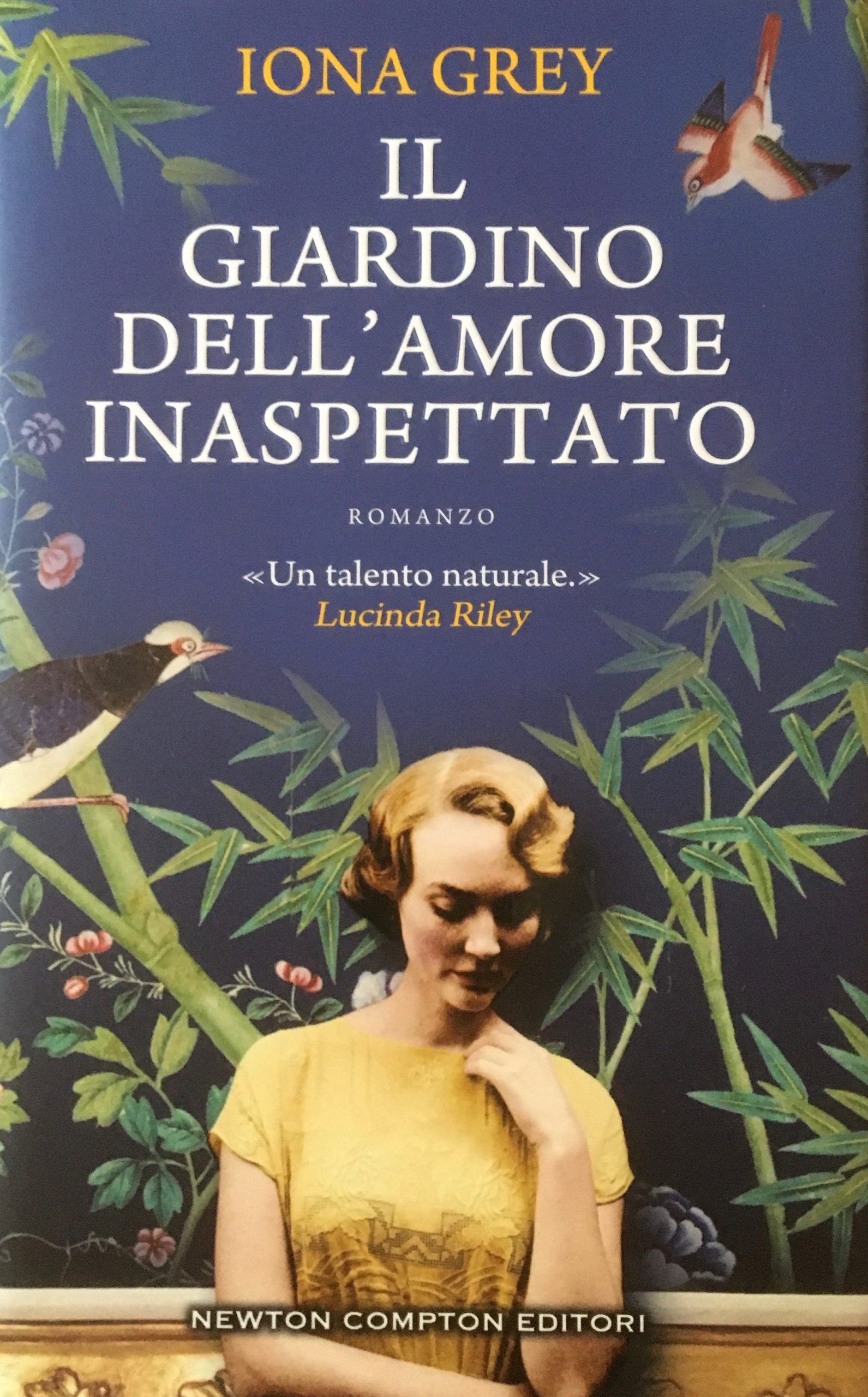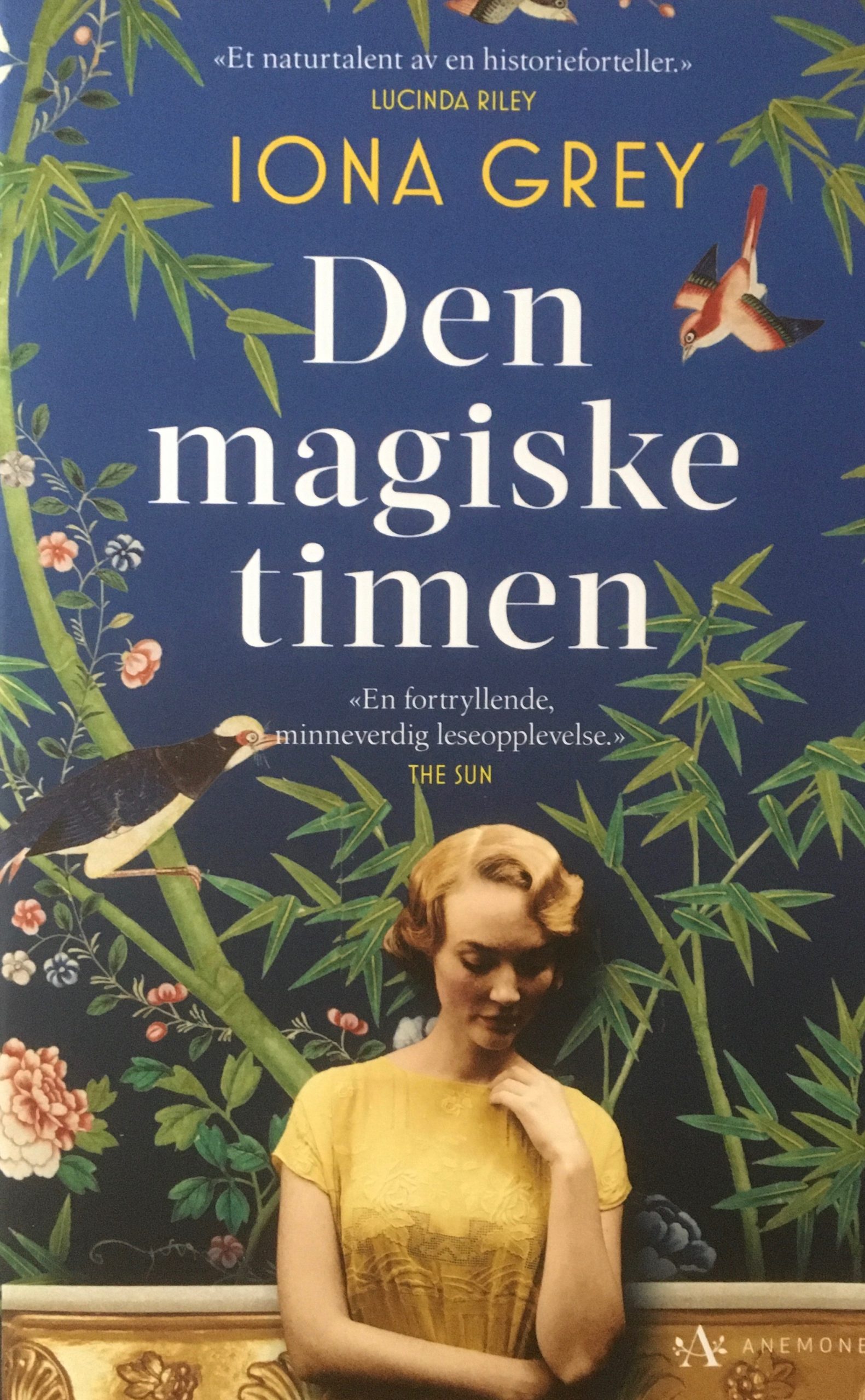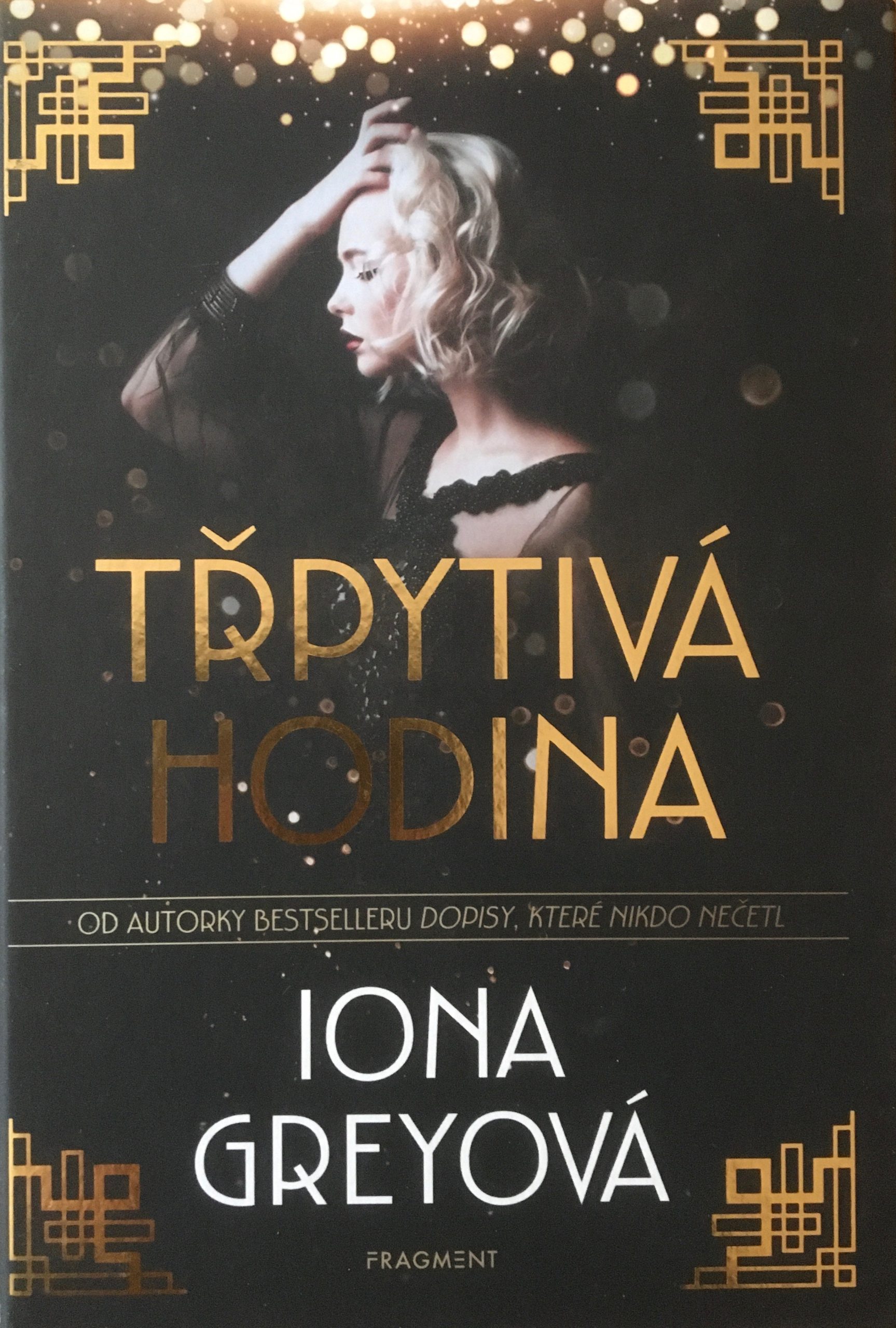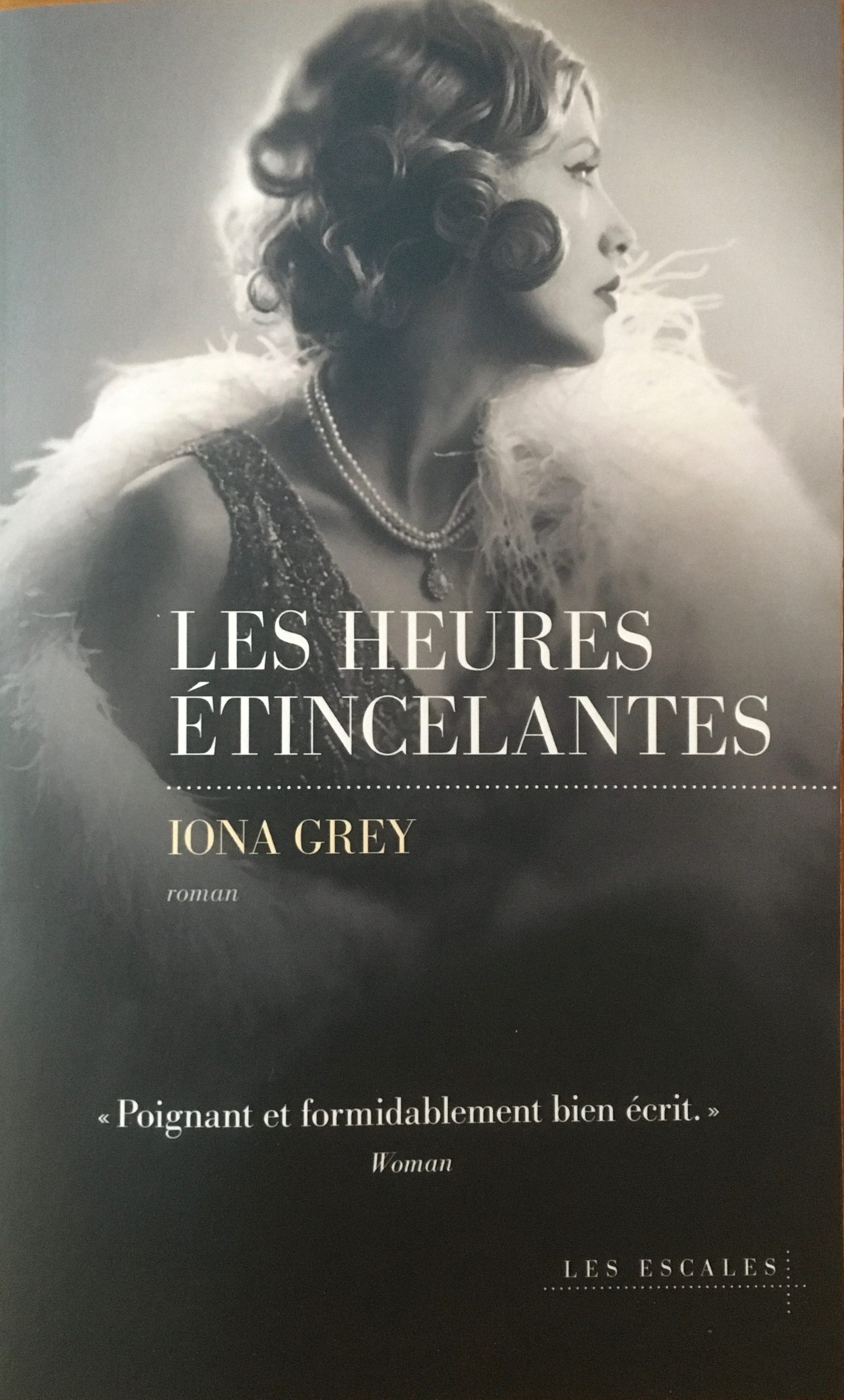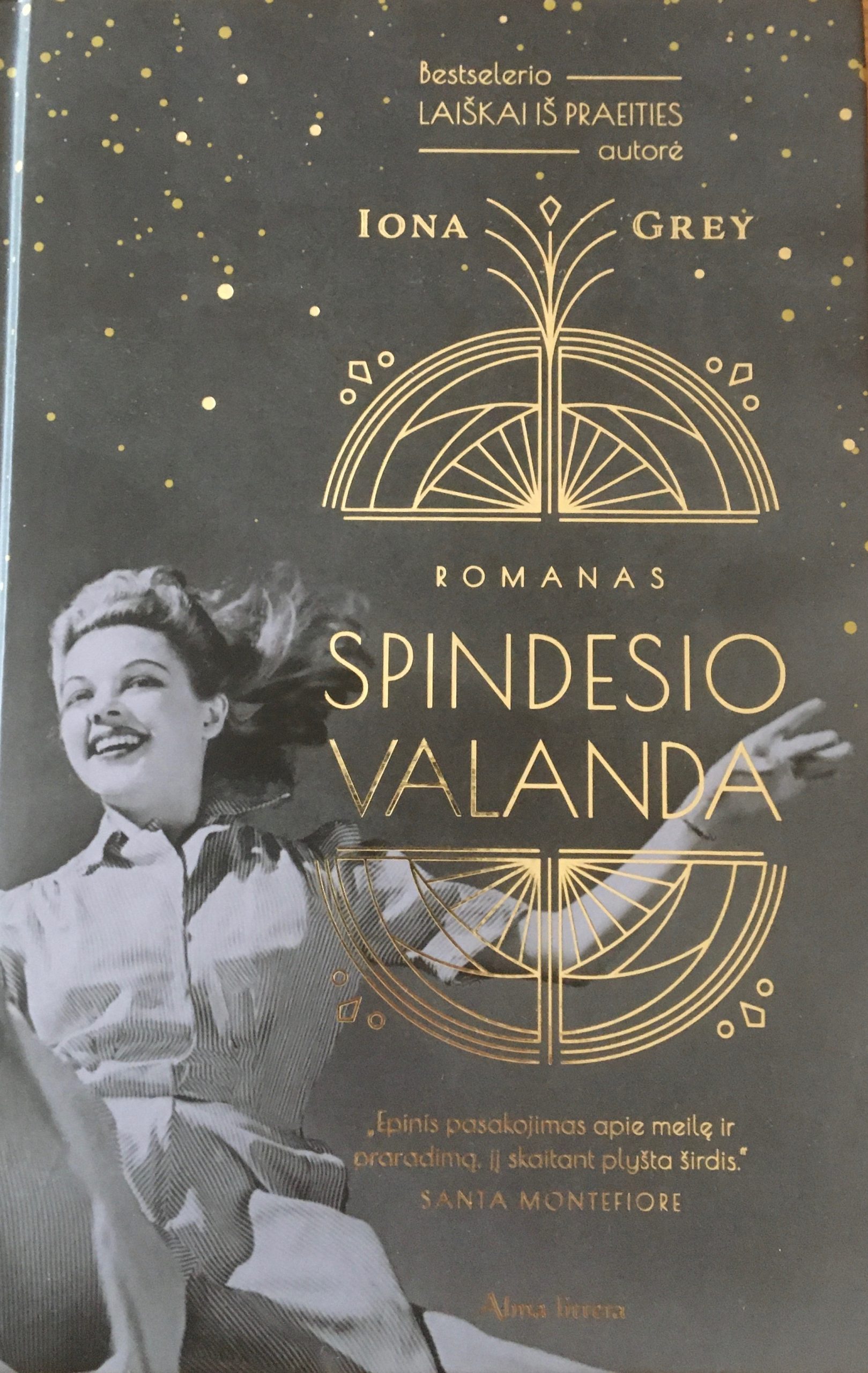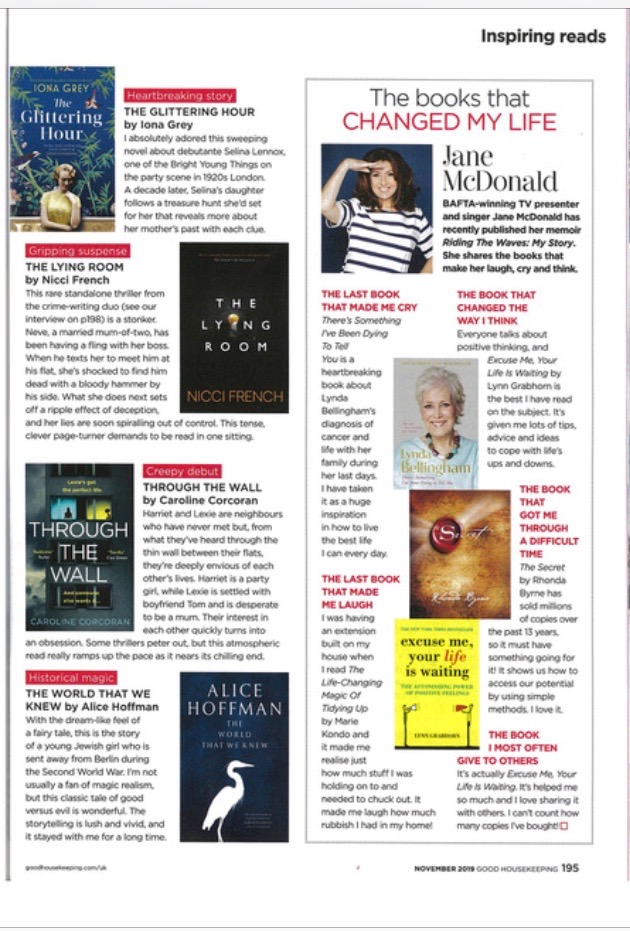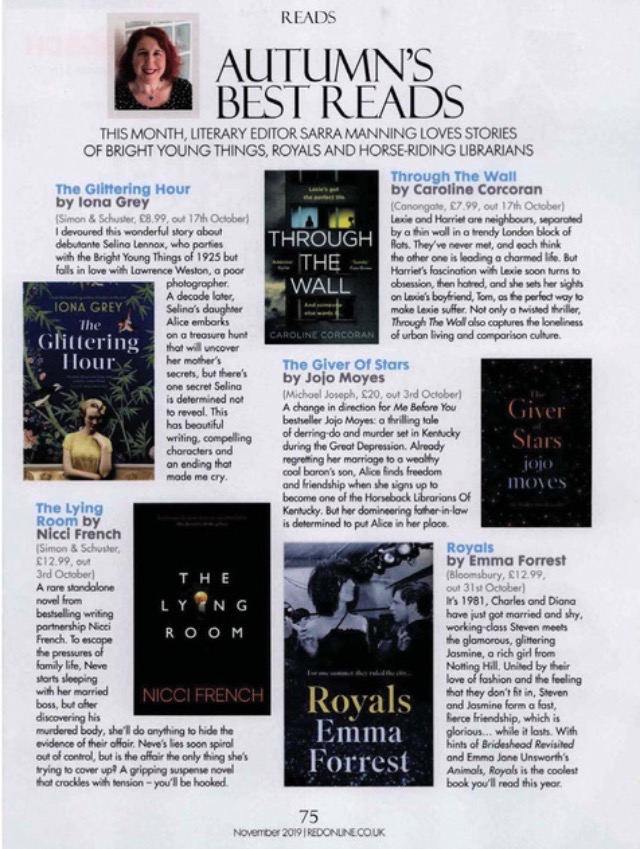The Glittering Hour
The story behind the story…
The Glittering Hour is my second published novel, but in between it and Letters to the Lost lie several unfinished ones.
Letters to the Lost had been a breeze to write, maybe because I was writing entirely for myself, with no sense of self-consciousness or having to please anyone; no angst about whether it was right. I had a couple of ideas simmering away for a second one, but neither of them grabbed my editor or exerted quite the same pull on me. And so the search for a story began. And went on. And on.
It was a difficult time. Writers write, and I did – endlessly, but in the miserable knowledge that what I was writing wasn’t quite coming to life as it should. I suspect that I was hugely overthinking it all (I’ll be honest – it wouldn’t be the first time) but somehow the more you search, the more elusive the magic seems when you’re writing. It was a case of stopping and waiting. Listening.
At that time, home life was particularly busy. One daughter was leaving for university and another had just returned after graduating. In the few months before she started her new job, she took on the task of typing up the fascinating (but difficult to read!) memoirs my mother had written some years ago, about her early life, up until the age of ten when her mother died. It was a story I knew well, of course, but as my daughter sat typing at the kitchen table (and I struggled to type in my office upstairs) its sadness struck me afresh, and with a sense of indignation I hadn’t felt before. About how women were treated just two short generations ago; belittled and disempowered. Without giving away any spoilers, I suddenly knew what I wanted to write about.
The Glittering Hour is not my grandmother’s story, but what happened to her that gave me a starting (and ending) point. From there I could do the enjoyable, exciting bit of creating characters and setting them in an era that has always fascinated me. The 1920s is just slipping out of living memory, but the spirit of the age has stayed vivid in the collective imagination – the blast of jazz trumpets, the swish of sequinned dresses and shingled hair, the smell of hair oil, cigarette smoke (everywhere!) and Mitsouko. It was fascinating to research all of that, and to peer beneath it and remember what had come immediately before, and was undoubtedly still fresh in the hearts and heads of most people. And then to skip forward another decade and see how the glitter had faded as the shadow economic disaster and another war crept over the nation.
It’s set partly in London, between the artists’ garrets and studios of Bloomsbury and the upmarket haunts of the Bright Young Things, but much of the action also takes place in a huge country house, sliding slowly into neglect and decay as the world moves into a new era. The two time frames are only eleven years apart (a contrast to the 70 year gap in Letters to the Lost!) but I found it fascinating to look at the differences between the two decades and appreciate the magnitude and speed of the change society was undergoing as the world moved inexorably towards its next disaster.
The process of creating a book is different every time, and for this one it certainly wasn’t easy. However, once I’d found my story it did turn out to be pretty exhilarating. The Glittering Hour will always hold a very special place in in my heart as the book that made me fall in love with writing again, and taught me that ‘difficult’ doesn’t mean ‘impossible’.
BUY NOW ON AMAZON, WATERSTONES OR BOOKSHOP.ORG
